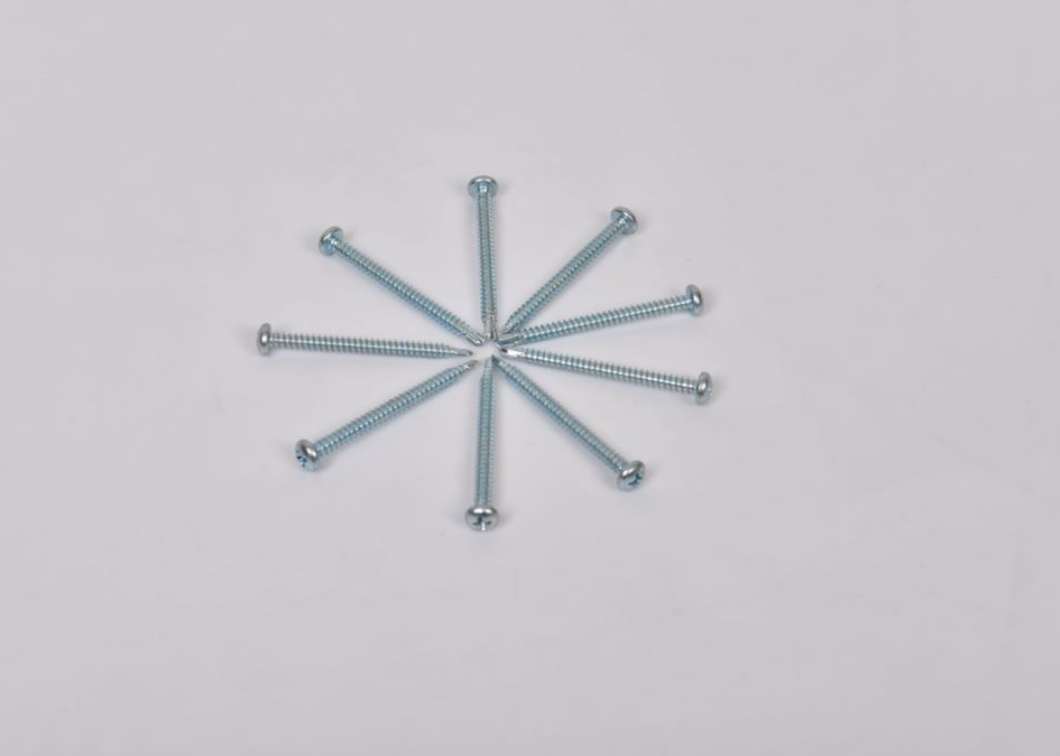SAE Flat Washers Specifications and Benefits for Mechanical Applications
Understanding SAE Flat Washers A Comprehensive Overview
SAE flat washers are essential components widely used in various mechanical and industrial applications. Recognized for their versatility and effectiveness, these washers serve numerous purposes, including load distribution, vibration reduction, and corrosion prevention. This article delves into the characteristics, applications, and advantages of SAE flat washers to provide a better understanding of their significance in engineering and construction domains.
What is an SAE Flat Washer?
SAE flat washers are circular plates with a central hole designed to fit over a bolt or screw. They are specified according to the Society of Automotive Engineers (SAE) standards, which set dimensional guidelines to ensure compatibility and reliability. Generally, these washers are made from various materials, including steel, stainless steel, and plastic, allowing for their use in diverse environments.
The key dimensions of an SAE flat washer include the inner diameter (ID), outer diameter (OD), and thickness
. These dimensions are crucial for ensuring the washer fits properly with the associated bolt and provides the desired level of support and protection.Applications of SAE Flat Washers
SAE flat washers have a myriad of applications across different industries. They are commonly used in automotive manufacturing, construction, and machinery assembly. In automotive contexts, they play a pivotal role in securing components and distributing loads for bolts used in engines, chassis, and various other parts. In construction, they are important for ensuring structural integrity in frameworks where multiple fasteners are employed simultaneously.
sae flat washer product

Moreover, these washers aid in the assembly of heavy machinery and equipment. Their ability to help prevent damage to surfaces and maintain tighter connections makes them a favorite choice among engineers and machinists.
Advantages of Using SAE Flat Washers
The use of SAE flat washers presents several advantages. First and foremost, they distribute the load of a fastener over a larger surface area, reducing stress on the specific point of contact. This load distribution minimizes the risk of damage to the materials being joined, preserving the integrity of the assembly and extending its lifespan.
Furthermore, their presence helps prevent fasteners from loosening due to vibration. When installed, these washers act as a barrier, mitigating the natural movements that can occur during equipment operation, thus enhancing reliability and safety.
Additionally, SAE flat washers are available in various materials and finishes, allowing users to select the most appropriate type based on environmental conditions—such as exposure to moisture or corrosive elements. Stainless steel washers, for instance, offer excellent resistance to rust and corrosion, making them ideal for outdoor or marine applications.
Conclusion
In conclusion, SAE flat washers are integral components in various industries, providing critical support and enhancing the reliability of assemblies. Their ability to distribute loads, reduce vibrations, and prevent corrosion makes them invaluable in ensuring the longevity and safety of mechanical connections. Whether in automotive, construction, or machinery applications, understanding the characteristics and benefits of SAE flat washers can help professionals make informed choices for their projects. As technology and materials continue to evolve, these washers will undoubtedly remain a staple component for engineers and builders alike.
-
Top Choices for Plasterboard FixingNewsDec.26,2024
-
The Versatility of Specialty WashersNewsDec.26,2024
-
Secure Your ProjectsNewsDec.26,2024
-
Essential Screws for Chipboard Flooring ProjectsNewsDec.26,2024
-
Choosing the Right Drywall ScrewsNewsDec.26,2024
-
Black Phosphate Screws for Superior PerformanceNewsDec.26,2024
-
The Versatile Choice of Nylon Flat Washers for Your NeedsNewsDec.18,2024










